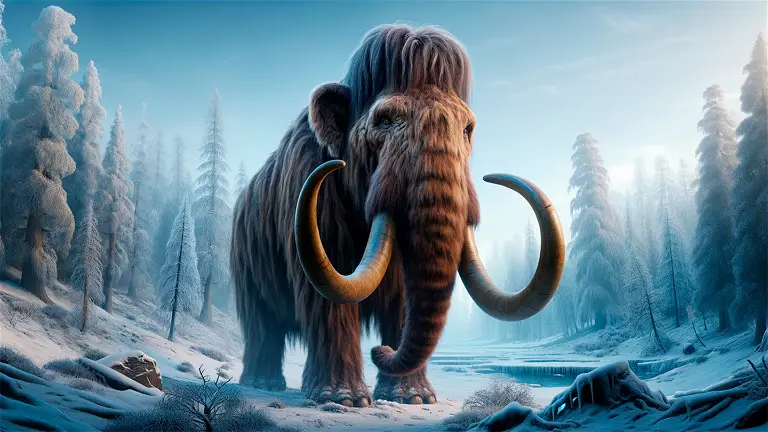
In 2018, a scientific exploration found remains of a strangely well-preserved woolly mammoth in Siberia that lived 52,000 years ago. After studying the remains at the National Center for Genomic Analysis in Barcelona, it was discovered that it retains its chromosome structure, which brings us closer to the possibility of resurrecting the species.
We can now solve the puzzle of its DNA
The revolutionary thing about the finding is that it allows the mammoth’s chromosomes to be counted for the first time. This makes it possible to establish the complete sequence of the DNA of this creature, which brings us closer to the dream of “reviving” it. The genetic material has been extracted from a sample of the ear of the animal, whose scientific name is Mammuthus primigenius. On the other hand, the reason why it has been preserved so well is possibly permafrost, the permanent ice layer that kept the remains in extremely good condition.

Scientists have found that they had 28 pairs of chromosomes, the same as modern elephants, their closest living relatives. It is true that previous discoveries of mammoths had made it possible to recover parts of their DNA, and reveal other important discoveries of their life, but we lacked their complete three-dimensional structure. We now know what their DNA looks like after organizing into chromosomes. This also allows us to discover the genes that were active and help us to clarify why they became extinct.
The woolly mammoth is one of only 10 known mammoth species, and arguably the most iconic. Its extinction date is controversial, although the most advanced hypotheses place it at approximately 12,000 years ago. It would be due to climate change and the disappearance of their habitats, but also to human hunting, because humans live with them. They came to live in Spain, as they had a fairly wide distribution: from North America, to almost all of Europe and northern Asia, in what is now Russia. It was similar in size to today’s elephant.
This study can be read in full in the journal Cell. It has the participation of the National Center for Genomic Analysis and the Center for Genomic Regulation, located in Barcelona, who joined forces with Baylor College of Medicine (USA). USA) and the University of Copenhagen (Denmark).

Comments